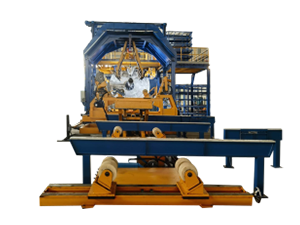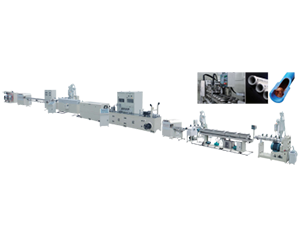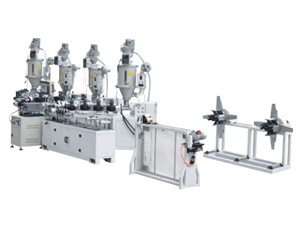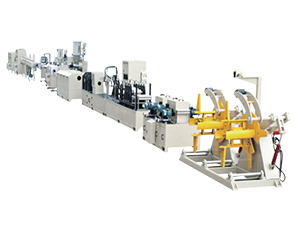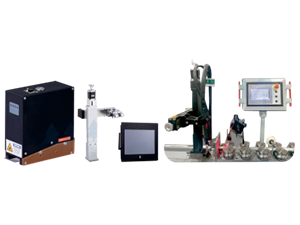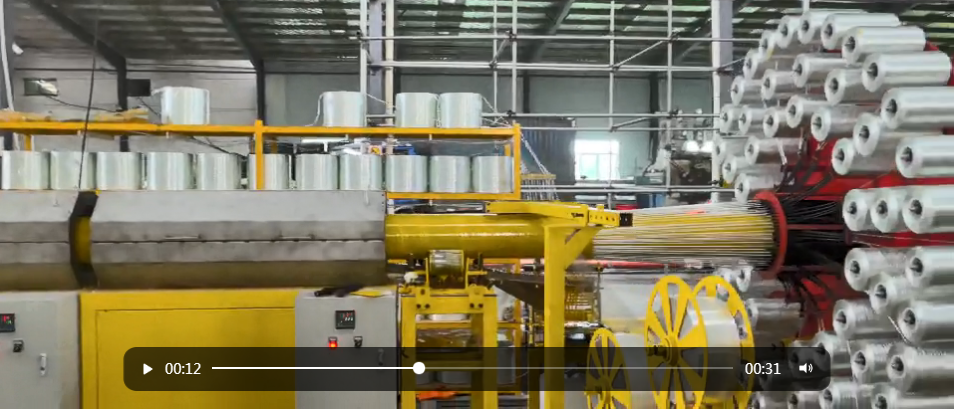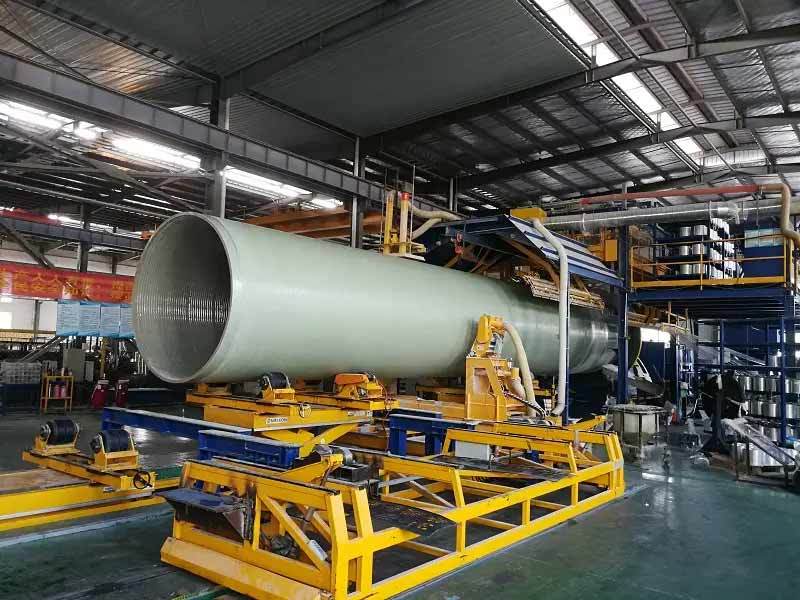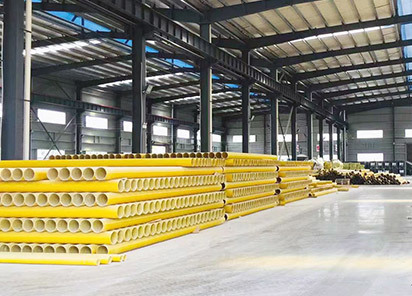The Essential Guide to GRP Pipe CFW Machines: Innovations in Manufacturing
Apr 24,2025
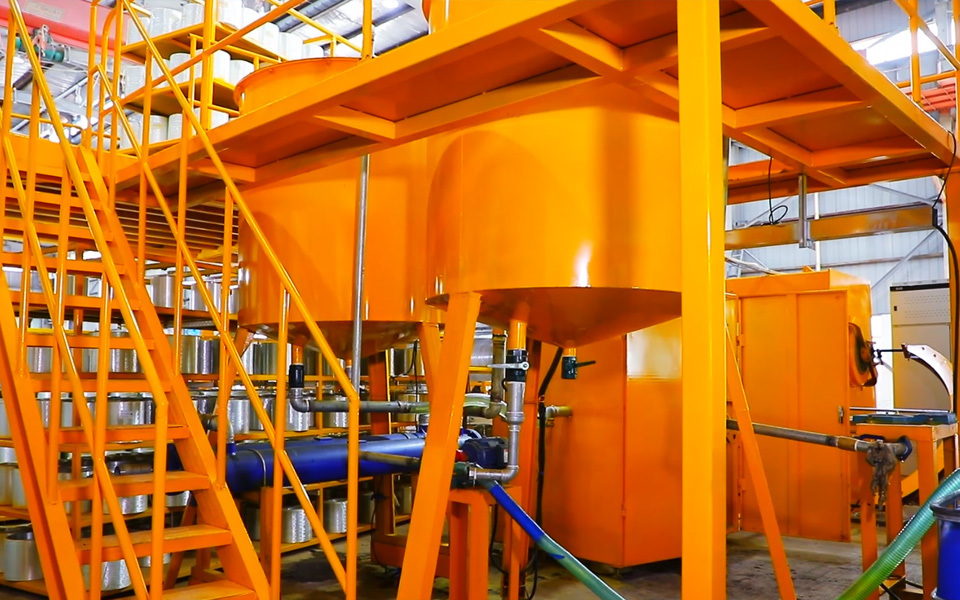
---
In the manufacturing industry, GRP (Glass Reinforced Plastic) pipe CFW (Continuous Filament Winding) machines have emerged as a pivotal technology for producing high-quality, durable pipes. These sophisticated machines are designed to create pipes that are not only lightweight but also exceptionally strong, making them ideal for various applications across multiple sectors, including water, sewage, and industrial applications.
The primary function of a GRP pipe CFW machine is to automate the process of winding continuous strands of glass fiber along with a resin matrix to form pipes. This technique ensures that the resulting product has enhanced mechanical properties and corrosion resistance. The continuous filament winding process provides uniformity in thickness and strength across the entire pipe, reducing the risk of weak points that could lead to failures in demanding environments.
One of the significant advantages of using GRP pipe CFW machines is their ability to produce large quantities of pipes with varying diameters and lengths. This flexibility allows manufacturers to cater to specific project requirements efficiently. Additionally, GRP pipes produced by these machines have a longer lifespan compared to traditional materials such as steel or PVC, which translates to lower maintenance costs over time.
Moreover, the use of GRP pipes contributes to sustainability efforts due to their lightweight nature, which can lead to reduced transportation emissions and lower energy consumption during installation. The materials used in the production can often be sourced from recycled components, further enhancing their environmental benefits.
In terms of operational efficiency, modern GRP pipe CFW machines are equipped with advanced features such as automated control systems, which ensure precision in the winding process. This automation not only minimizes human error but also speeds up production rates, allowing manufacturers to meet tight deadlines without compromising quality.
When considering the integration of a GRP pipe CFW machine into a manufacturing setup, it is essential to evaluate the specific needs of your production line. Factors such as production capacity, pipe specifications, and potential applications should guide your choice. Additionally, investing in training for operators can maximize the effectiveness of the machinery, ensuring that the team is well-versed in the operational and maintenance aspects of the equipment.
In conclusion, GRP pipe CFW machines represent a significant advancement in the manufacturing of pipes. By leveraging this technology, manufacturers can produce high-quality, durable, and sustainable products that meet the growing demands of various industries. As the market continues to evolve, staying informed about the latest innovations in GRP pipe manufacturing will be crucial for success.
In the manufacturing industry, GRP (Glass Reinforced Plastic) pipe CFW (Continuous Filament Winding) machines have emerged as a pivotal technology for producing high-quality, durable pipes. These sophisticated machines are designed to create pipes that are not only lightweight but also exceptionally strong, making them ideal for various applications across multiple sectors, including water, sewage, and industrial applications.
The primary function of a GRP pipe CFW machine is to automate the process of winding continuous strands of glass fiber along with a resin matrix to form pipes. This technique ensures that the resulting product has enhanced mechanical properties and corrosion resistance. The continuous filament winding process provides uniformity in thickness and strength across the entire pipe, reducing the risk of weak points that could lead to failures in demanding environments.
One of the significant advantages of using GRP pipe CFW machines is their ability to produce large quantities of pipes with varying diameters and lengths. This flexibility allows manufacturers to cater to specific project requirements efficiently. Additionally, GRP pipes produced by these machines have a longer lifespan compared to traditional materials such as steel or PVC, which translates to lower maintenance costs over time.
Moreover, the use of GRP pipes contributes to sustainability efforts due to their lightweight nature, which can lead to reduced transportation emissions and lower energy consumption during installation. The materials used in the production can often be sourced from recycled components, further enhancing their environmental benefits.
In terms of operational efficiency, modern GRP pipe CFW machines are equipped with advanced features such as automated control systems, which ensure precision in the winding process. This automation not only minimizes human error but also speeds up production rates, allowing manufacturers to meet tight deadlines without compromising quality.
When considering the integration of a GRP pipe CFW machine into a manufacturing setup, it is essential to evaluate the specific needs of your production line. Factors such as production capacity, pipe specifications, and potential applications should guide your choice. Additionally, investing in training for operators can maximize the effectiveness of the machinery, ensuring that the team is well-versed in the operational and maintenance aspects of the equipment.
In conclusion, GRP pipe CFW machines represent a significant advancement in the manufacturing of pipes. By leveraging this technology, manufacturers can produce high-quality, durable, and sustainable products that meet the growing demands of various industries. As the market continues to evolve, staying informed about the latest innovations in GRP pipe manufacturing will be crucial for success.
PREVIOUS:
Contact Us
E-mail:
Phone/Wechat/WhatsApp
Address:
A2-1408, Kaichuang Avenue to Tai Plaza, Huangpu District, Guangzhou City, Guangdong Province


